A current transformer (CT), also known as a current transducer or instrument transformer, is a type of transformer that's used to reduce or multiply an alternating current (AC). It produces a reduced current proportional to the primary current, making it possible to safely measure very large currents with standard ammeters and protect equipment.
How Current Transformers Work
At its core, a current transformer operates on the principle of electromagnetic induction. Unlike a conventional transformer that's designed to step voltage up or down, a CT's primary purpose is to step down current.
The primary winding of a CT is connected in series with the conductor carrying the current to be measured. This means the full load current flows through the primary winding. The secondary winding, on the other hand, is connected to the measuring instrument (like an ammeter, wattmeter, or protective relay) and has a significantly larger number of turns than the primary.
When the alternating current flows through the primary winding, it creates an alternating magnetic flux in the core. This flux then induces a proportional current in the secondary winding. Due to the turns ratio between the primary and secondary windings, the current in the secondary is a scaled-down version of the primary current. For example, a CT with a ratio of 100:5 means that for every 100 amps flowing through the primary, 5 amps will flow through the secondary.
Key Characteristics and Parameters
Several important characteristics define a current transformer:
-
Turns Ratio (Transformation Ratio): This is the ratio of the number of turns in the primary winding to the number of turns in the secondary winding. It directly determines the current reduction.
-
Rated Primary Current: The maximum current that the primary winding is designed to carry continuously.
-
Rated Secondary Current: The current that will flow in the secondary winding when the rated primary current is flowing. Common values are 1A or 5A.
-
Burden: This refers to the impedance of the load connected to the secondary winding, expressed in ohms or volt-amperes (VA) at a specified power factor. The CT must be capable of supplying the required current to the burden without exceeding its accuracy limits.
-
Accuracy Class: CTs are classified by their accuracy, which indicates the permissible error in the current transformation. Common classes include 0.2, 0.5, 1.0, and 5P. A lower number indicates higher accuracy.
-
Saturation: Like all transformers, CTs can saturate if the primary current becomes too high or if the burden is too large. Saturation leads to a non-linear relationship between primary and secondary currents, introducing significant errors.
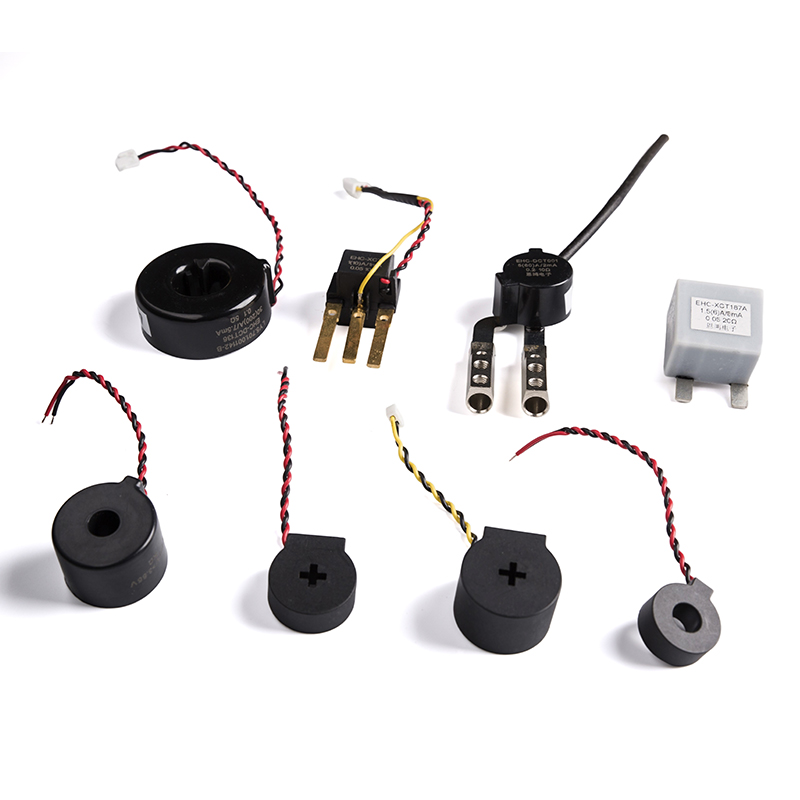
Types of Current Transformers
There are several common types of current transformers, each suited for different applications:
-
Window (Bar-Type) CT: These are the most common type. The primary conductor simply passes through a "window" or opening in the CT's core, acting as a single-turn primary winding.
-
Wound CT: These CTs have a primary winding physically wound around the core, similar to a traditional transformer. They are used when the current to be measured is relatively small.
-
Toroidal CT: Similar to window CTs, but often more compact, with the secondary winding uniformly distributed around a ring-shaped core.
-
Bushing CT: These are designed to fit around the bushing of a circuit breaker or transformer, using the bushing's conductor as the primary.
-
Summation CT: Used to sum the secondary currents from multiple other CTs, providing a single output proportional to the total current.
Applications of Current Transformers
Current transducers are indispensable components in various electrical systems due to their ability to provide accurate and isolated current measurements. Their primary applications include:
-
Metering: For accurate measurement of current for billing purposes in commercial and industrial settings.
-
Protection: Integrated into protective relays to detect overcurrents, short circuits, and ground faults, enabling the rapid isolation of faulty sections of a power system.
-
Monitoring and Control: Used in SCADA (Supervisory Control and Data Acquisition) systems and other control circuits to monitor current flow and ensure the stable operation of equipment.
-
Revenue Metering: Highly accurate instrument transformers are critical for ensuring fair billing in energy distribution.
Safety Considerations
It is critically important to understand that a current transformer's secondary winding must never be open-circuited while current is flowing in the primary. If the secondary circuit is opened, the CT's core will attempt to maintain the flux by inducing a very high voltage across the open secondary terminals. This can lead to dangerous voltage levels, insulation breakdown, and potential injury or damage to the CT itself. Always ensure the secondary is shorted or connected to a low-impedance load before energizing the primary.

 English
English 中文简体
中文简体 Deutsch
Deutsch 日本語
日本語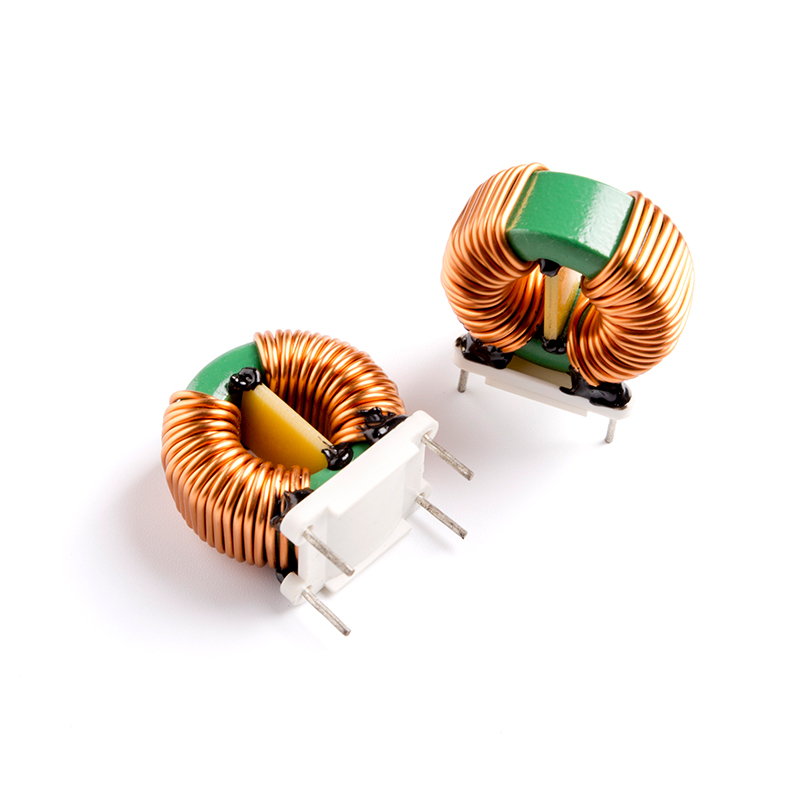
 View More >>
View More >>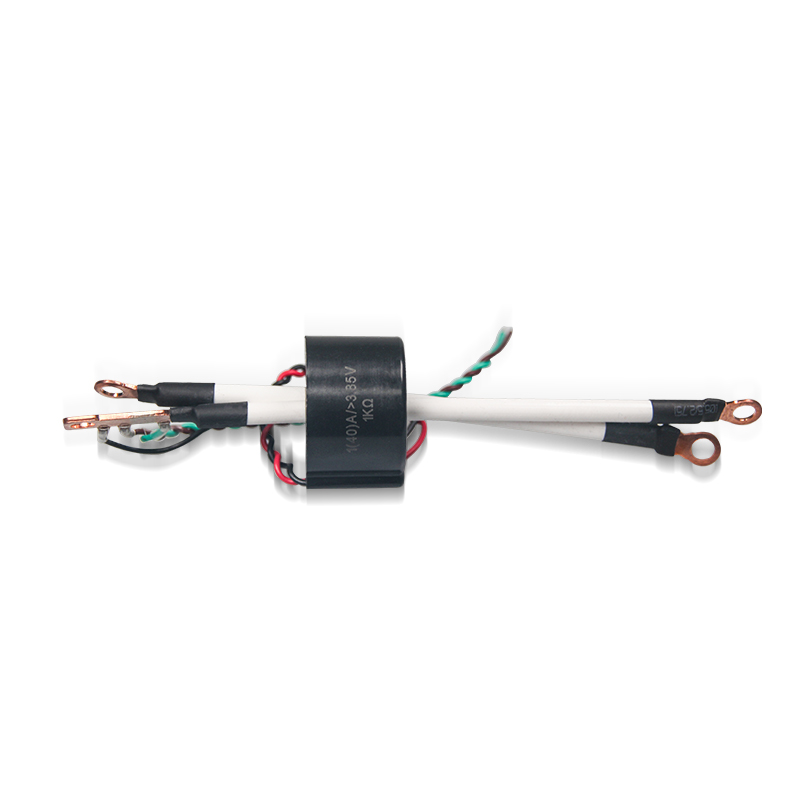 View More >>
View More >>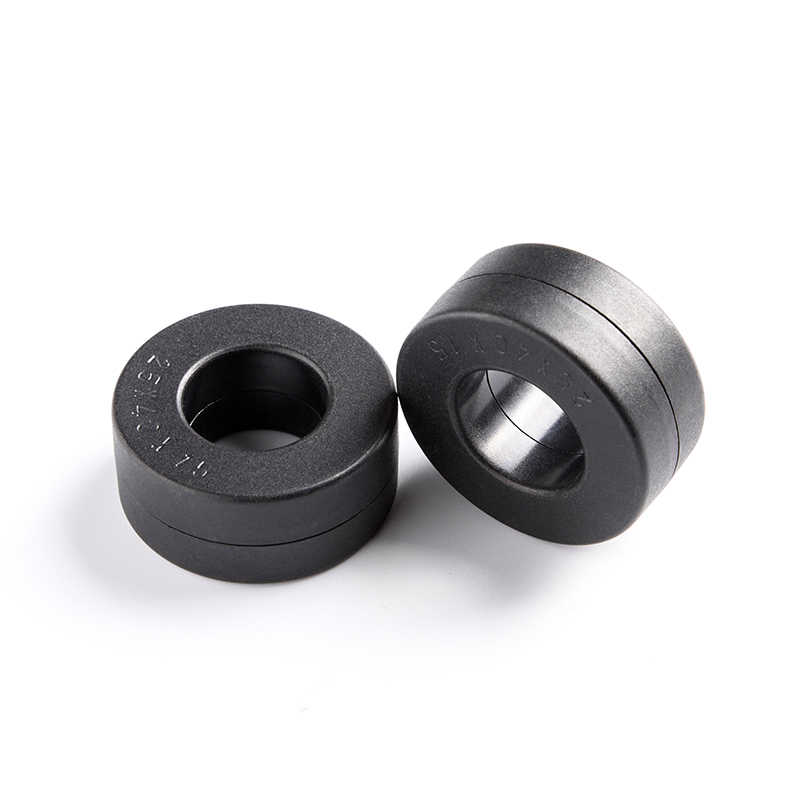 View More >>
View More >>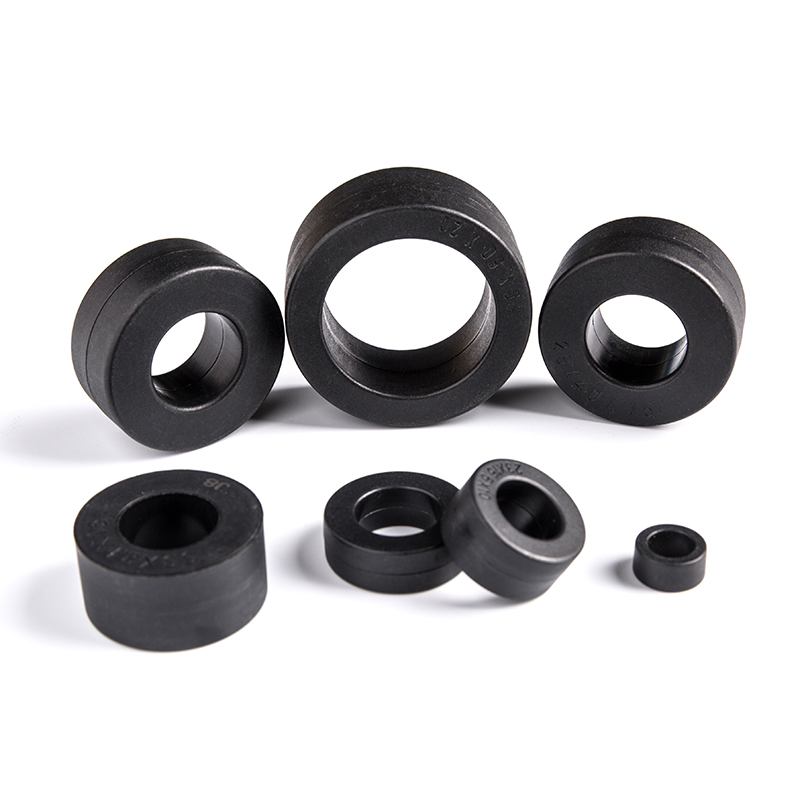 View More >>
View More >> View More >>
View More >> View More >>
View More >>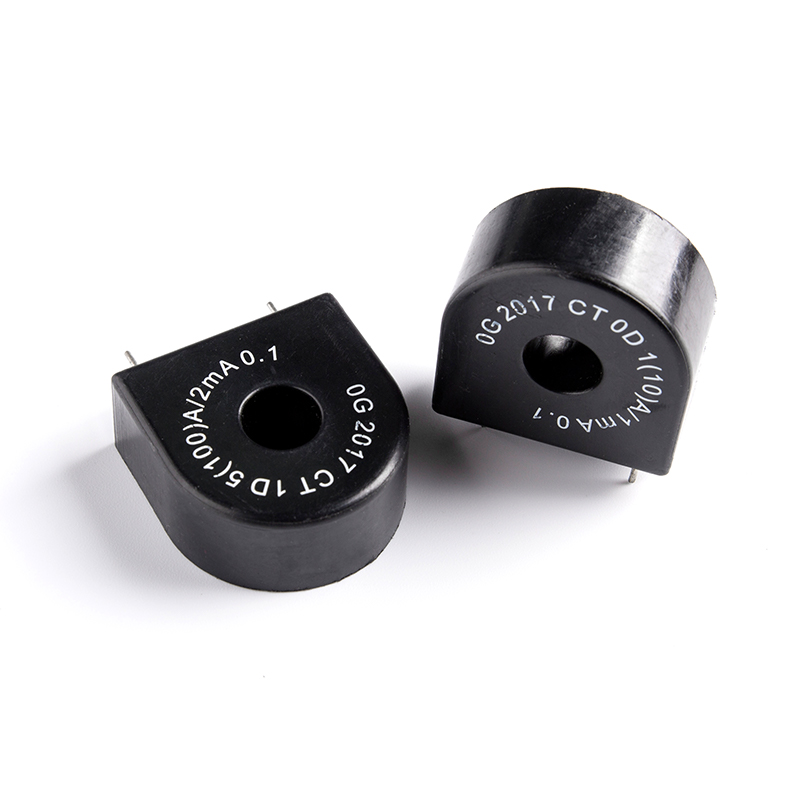 View More >>
View More >>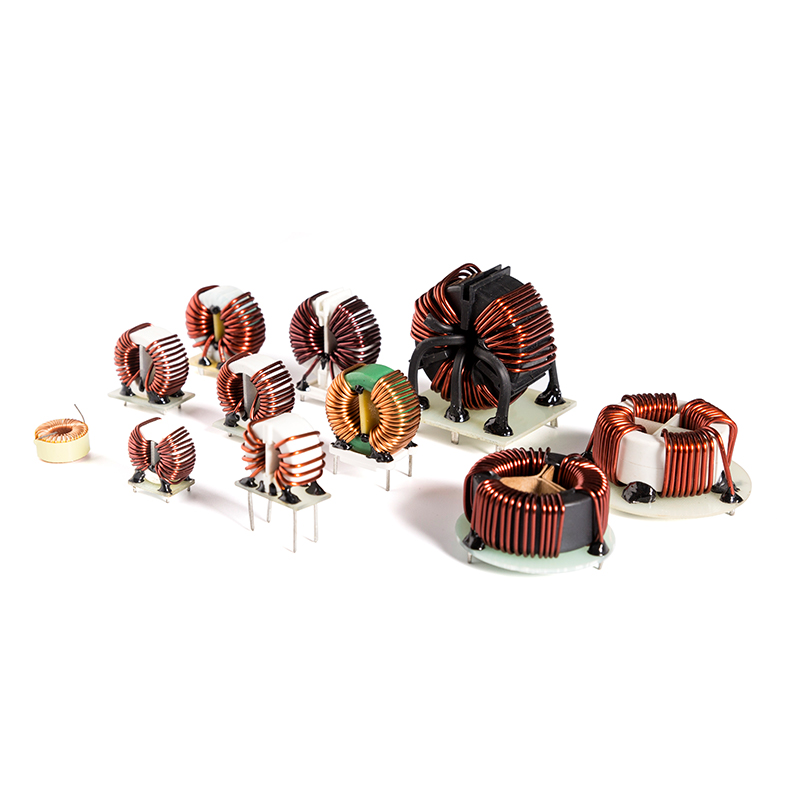 View More >>
View More >>